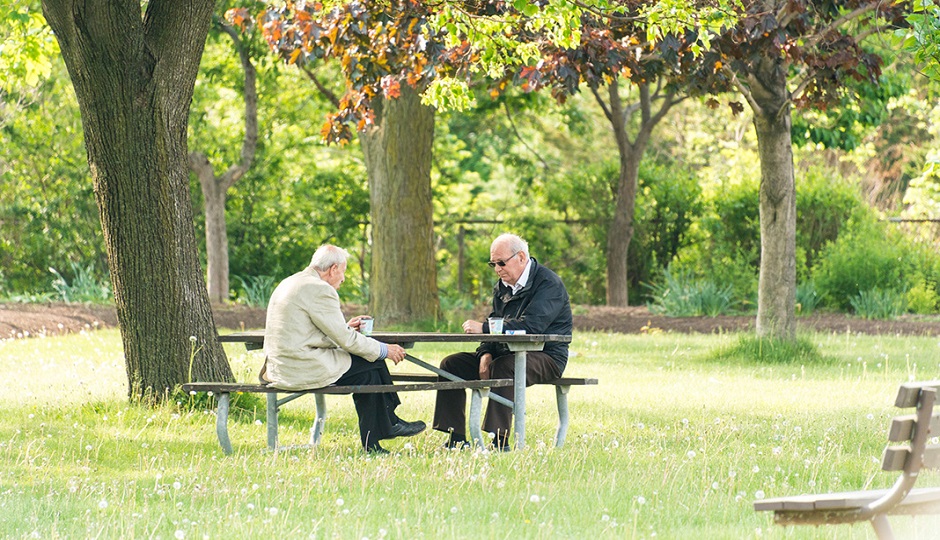
How can these environments be developed to allow for a positive experience of “aging at home”?
This research explored and defined the aging experience of seniors living in different cities in Quebec, including medium-sized cities. From low-density rural areas to high-rise residential areas, village cores, suburban areas and mixed-use settings, seniors choose to age in a variety of residential forms, often the same in which they have spent a good part of their lives. Beyond the characteristics of their home, it is above all their day-to-day mobility that appears to have a significant impact on quality of life.
It is above all the day-to-day mobility that appears to have a significant impact on quality of life.
Living in an environment that facilitates walking, whether utilitarian or recreational, increases their sense of control over their environment. However, in low-density contexts, as is often the case in medium-sized cities and rural areas, the discontinuity of walkable routes makes it more complicated to get around. Whether they are alone or supported by a family network, a loss of mobility can lead to social isolation.
The research findings indicate that any strategy will have to involve integrating the issues of aging into planning and urban development policies, a strategy that goes beyond the usual local level, and instead involves thinking on a regional level that is more consistent with seniors’ living space.
Establishing age-friendly zones offering a diversity of destinations and residential choices is a promising avenue. Developed in accordance with existing development guidelines, these zones are part of a strategy to make the various-sized cities of tomorrow into cities that are more conducive to independent aging in the community.
Main researcher
Paula Negron Poblete, Université de Montréal
Deposit of the research report: September 2017
